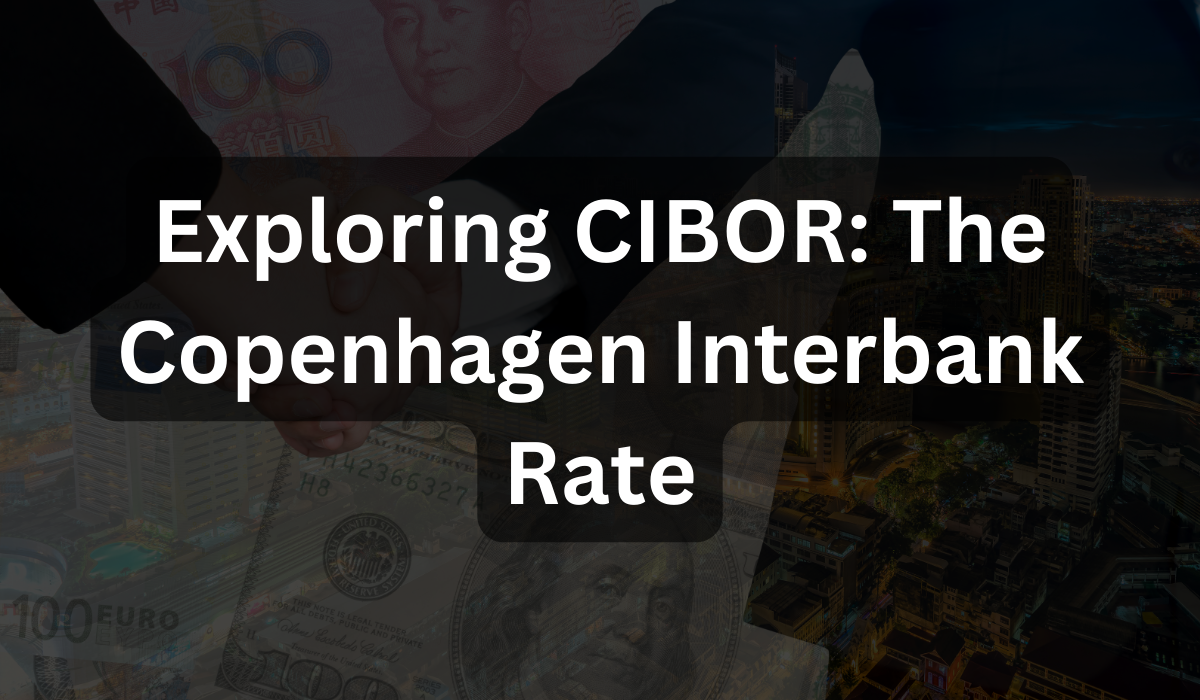If you’re interested in gaining insights into the Danish financial landscape, you need to know about CIBOR, which stands for the Copenhagen Interbank Rate. In this blog post, we’ll delve into the definition, calculation, and significance of CIBOR. Join us on this informative journey and discover the intricacies of the Danish interbank lending market.
Understanding CIBOR: Copenhagen Interbank Rate
CIBOR refers to the interest rate at which banks in Denmark lend the Danish Krone to each other on an unsecured basis. It is a benchmark rate that plays a crucial role in the Danish financial system. The Danish Central Bank, also known as Danmarks Nationalbank, calculates CIBOR on a daily basis, following guidelines set by the Danish Banker’s Association.
As an important tool for financial institutions, CIBOR serves as a reference rate for a wide range of financial transactions, including loans, derivatives, and other financial instruments. It provides a comprehensive picture of the borrowing costs within the Danish interbank market and influences interest rates for various financial products.
Calculation of CIBOR
The Danish Central Bank calculates CIBOR based on submissions from a panel of banks. These submissions reflect the interest rates at which the banks estimate they can borrow funds from other banks in the Danish interbank market. The submissions are then processed, and the highest and lowest rates are excluded to prevent any outliers from affecting the final rate. The remaining submissions are averaged to determine the daily CIBOR rate.
The calculation methodology ensures that CIBOR represents a fair and accurate reflection of the prevailing interbank lending rates in Denmark. It provides transparency and stability to the financial market, enabling market participants to make informed decisions based on reliable interest rate benchmarks.
The Significance of CIBOR
CIBOR holds immense significance in the Danish financial landscape. It serves as a benchmark for interest rates on a wide range of financial products, including mortgages, corporate loans, and savings accounts. Financial institutions, corporations, and individuals use CIBOR as a reference rate to calculate interest payments and assess the cost of borrowing.
Furthermore, CIBOR reflects the overall health and liquidity of the Danish interbank market. It provides insights into the demand for and supply of funds within the banking system. Changes in CIBOR rates can indicate shifts in market conditions and impact interest rates throughout the Danish financial sector.
Conclusion
CIBOR, the Copenhagen Interbank Rate, plays a vital role in the Danish financial system. As a benchmark rate, it influences interest rates on various financial products and provides transparency to market participants. Understanding CIBOR helps navigate the Danish interbank lending market and gain insights into the borrowing costs and liquidity in Denmark.








